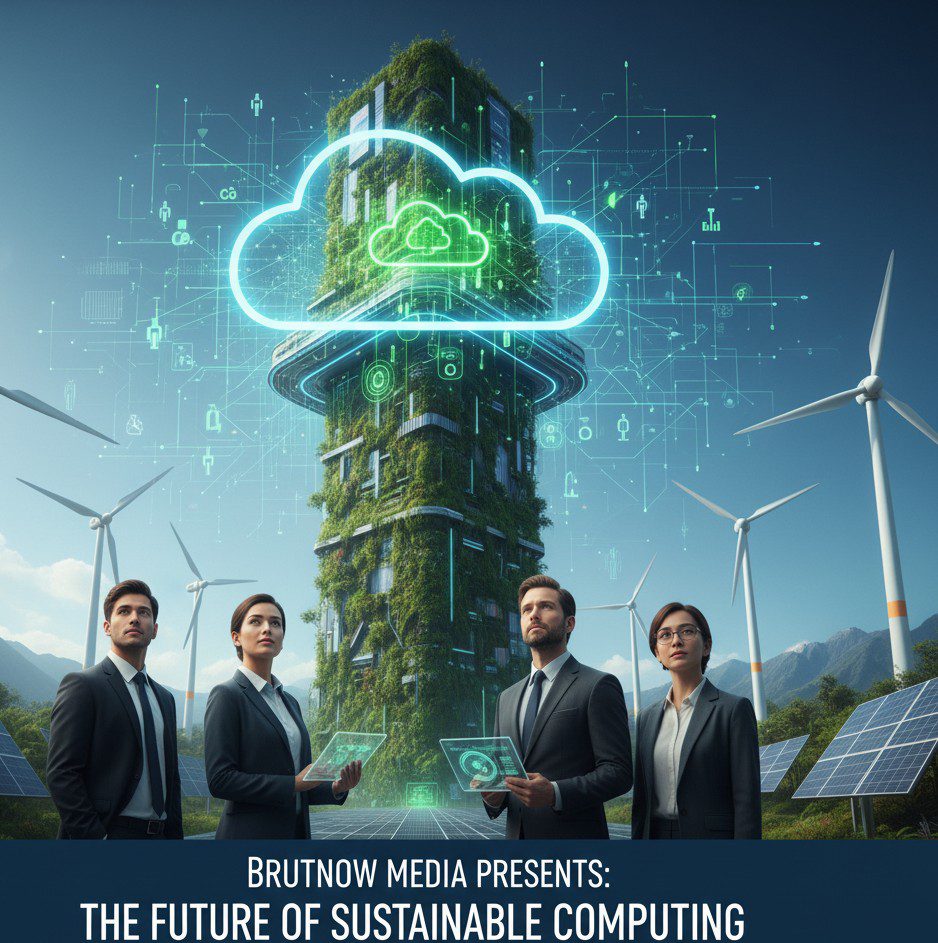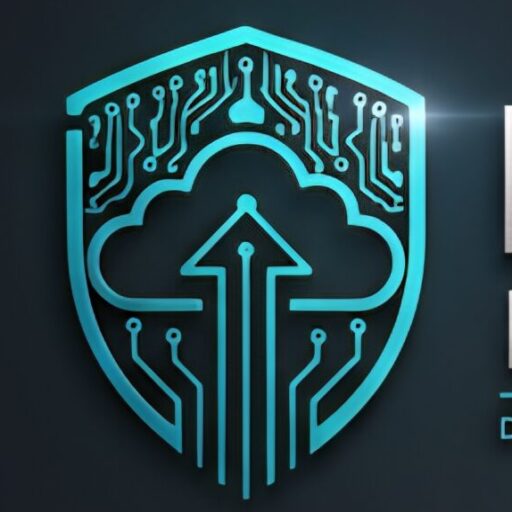Zero-Carbon Computing: The Race for Sustainable Cloud Infrastructure

By Brutnow Team | Brutnow Media | Technology & Innovation Desk
As global data demand surges, the digital world’s carbon footprint has quietly become one of the planet’s most pressing environmental challenges. From streaming services to AI training models, every byte of data consumes energy — often powered by fossil fuels. Now, a new technological frontier is emerging: Zero-Carbon Computing, the push to make cloud infrastructure fully sustainable.
The Hidden Cost of the Cloud
Behind every app, video call, and online transaction lies a vast network of data centers — the physical backbone of the internet. These facilities account for nearly 2% of global electricity consumption, and as artificial intelligence workloads explode, that number is expected to climb.
The world’s leading tech companies are responding with ambitious carbon neutrality goals. Google, Microsoft, and Amazon Web Services (AWS) have pledged to power their data centers entirely with renewable energy by 2030. But achieving true zero-carbon computing requires more than just offsetting emissions — it demands redesigning how cloud systems are built, powered, and cooled.
Green Energy Meets Smart Infrastructure
Innovations in renewable integration, liquid cooling, and AI-powered energy management are transforming the sustainability landscape. Google’s “Carbon Intelligent Computing” system, for instance, shifts workloads to times and locations where renewable energy is most abundant.
Microsoft has gone further by experimenting with underwater data centers that use the ocean’s temperature for natural cooling, while AWS is investing heavily in wind and solar farms across multiple continents.
These advances point toward a future where the digital economy and environmental responsibility coexist — a balance once thought impossible.
AI’s Role in Carbon Efficiency
Ironically, the very technology driving energy consumption — artificial intelligence — is now being used to curb it. Machine learning algorithms optimize data center cooling, predict maintenance needs, and balance grid loads, reducing both waste and emissions.
AI-driven monitoring systems can even identify “carbon hotspots” within cloud networks, helping companies reduce emissions in real time.
The Global Push for Net-Zero Tech
Governments and environmental agencies are also stepping in. The European Green Deal and U.S. Clean Energy Standards are pushing cloud providers toward net-zero operations, while Asia and the Middle East are emerging as hubs for renewable-powered data ecosystems.
As digital transformation accelerates, zero-carbon computing is evolving from a corporate goal to an industry necessity.
The Future of Sustainable Computing
The race toward sustainable cloud infrastructure is not just about saving energy — it’s about redefining progress. In a world where technology powers nearly every aspect of life, green innovation will determine which companies lead the digital future responsibly.
Zero-carbon computing is more than a technical evolution; it’s a moral and environmental imperative — a race against time to ensure our digital future doesn’t cost the Earth.





